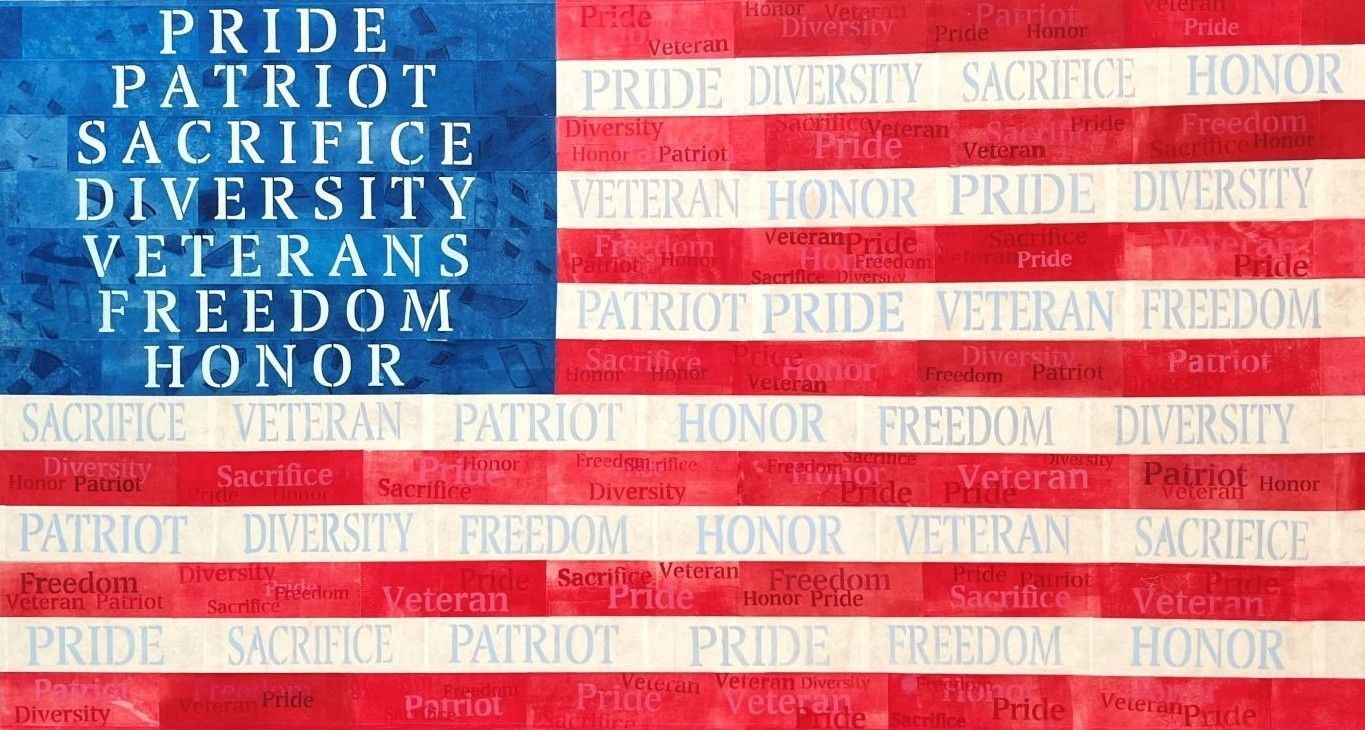In the early morning light at the Idaho State Veterans Home in Boise and Lewiston, there’s a quiet but vibrant hum of creativity in motion. Paintbrushes glide across canvases, a paper collage of powerful words takes the shape of an American flag, intricate patterns are carved into leather belts—and stories, long held or newly discovered, rise up through laughter and connection.
For many residents, this isn’t just another activity: it’s creative aging—an essential pathway to connection, expression, and purpose. In our conversation with April Floyd, Activity Coordinator at the Lewiston Veterans Home; Larissa Dittman, Volunteer & Activities Coordinator at the Boise Veterans Home; and veteran residents, Boyd Ricks and Derry Rainey from the Lewiston Home, we explored how creative aging programs are changing veterans’ lives—and why bringing art and connection right to their doorstep leaves a lasting impact.
Creativity With Veterans: Why And How It All Began
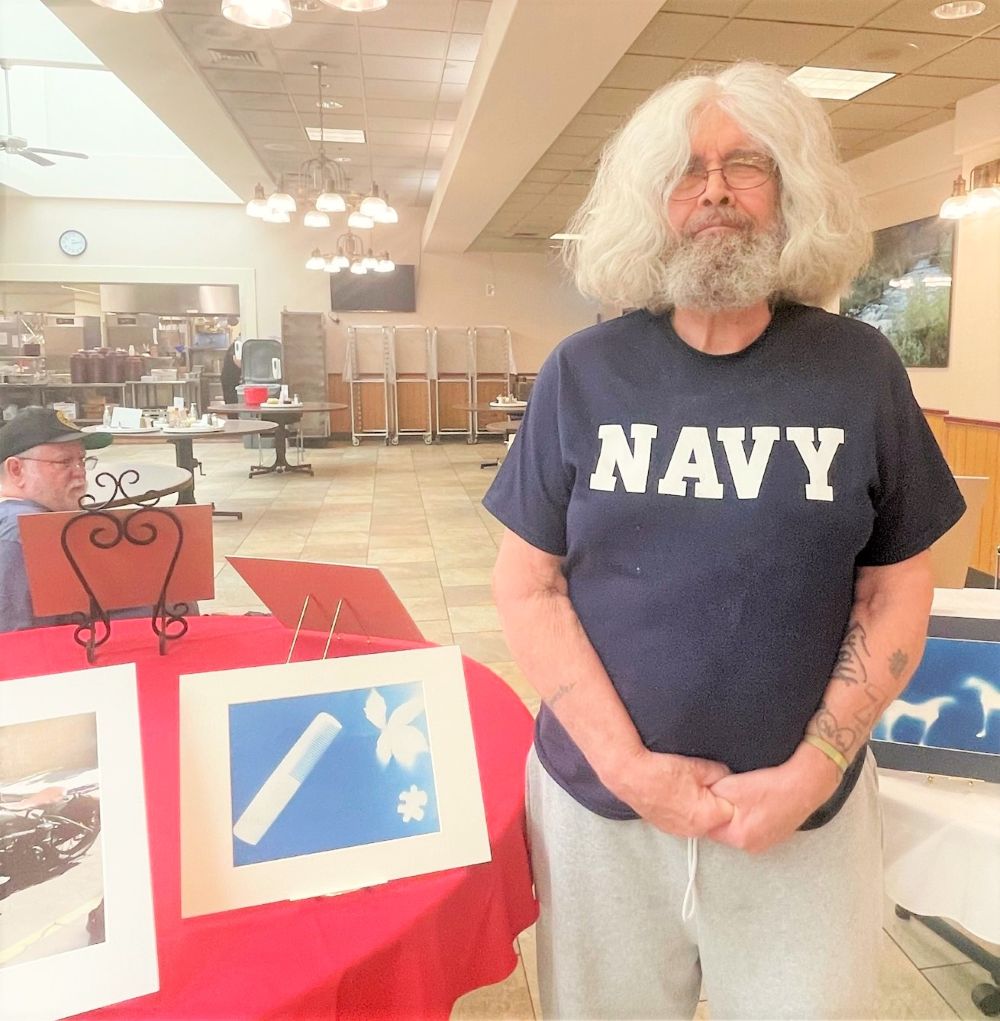
Veterans Home. Credit: Boise Veterans Home
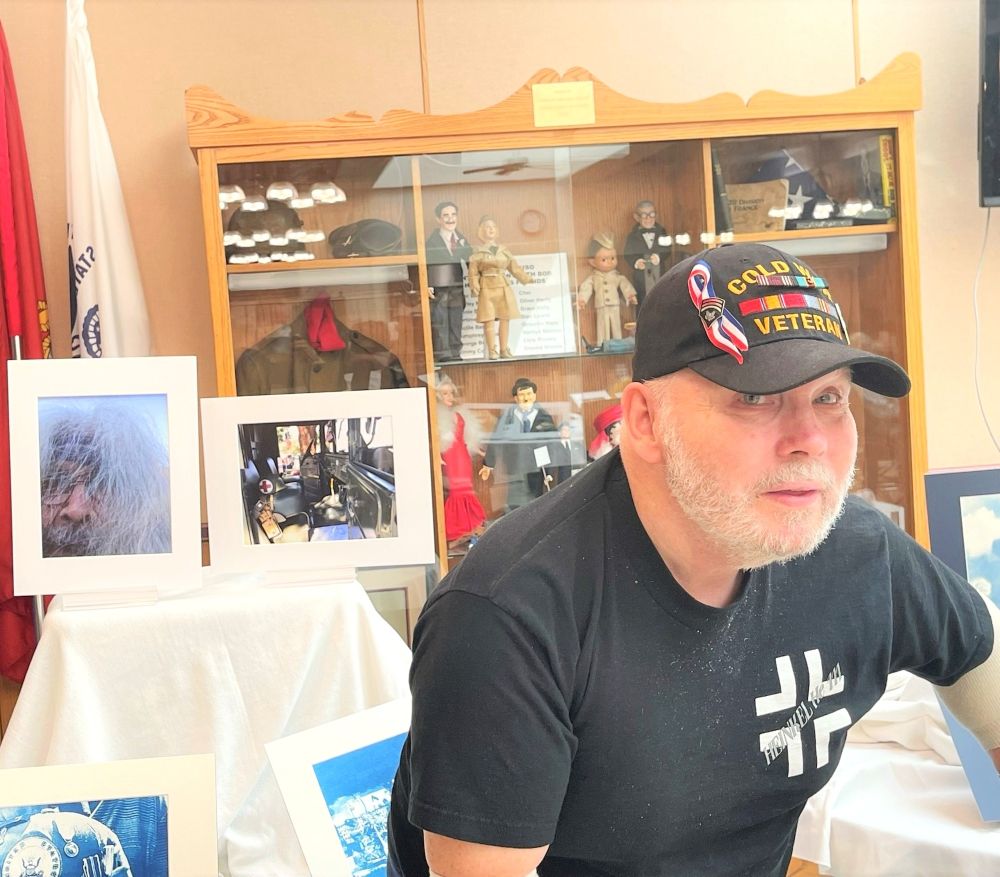
April and Larissa became creative aging leaders through their work in veteran services, where they saw firsthand how artmaking could make a difference. April, drawn to the resilience of those who served, stepped into activities coordination after years in elder care. Larissa, with a background in volunteer management, came to her role in Boise eager to build programs that were meaningful and hands-on. Both shared a belief that creativity is more than a pastime—it’s a lifeline.
“When someone comes to live here,” April said, “there’s so much history, so much life—and sometimes the voices get quiet.” Creative aging programs, she and Larissa discovered, help bring those voices forward. “It’s about doing things together—it’s not just watching,” Larissa added. “It’s participating.”
Boyd summed it up simply: “I didn’t know I still had something to learn.” That kind of discovery is at the heart of it all—a reminder that growth and connection are always possible.
Getting these programs off the ground took vision and collaboration. Lifetime Arts offered guidance and training, while local partners like the Idaho Commission on the Arts and the Idaho Division of Veteran Services helped secure teaching artists and materials. “We had to be resourceful,” said Larissa. “It wasn’t one single piece—it was us pulling different threads together to make it work.”
Preparing the artists was just as important as finding them. “Many had never worked in a veterans’ home before,” Larissa said. “So we talked about pacing, accessibility, and how to encourage without overwhelming.” Larissa added, “We met with every artist before the workshops so they could get to know who our veterans are—not just their needs, but their strengths and interests.”
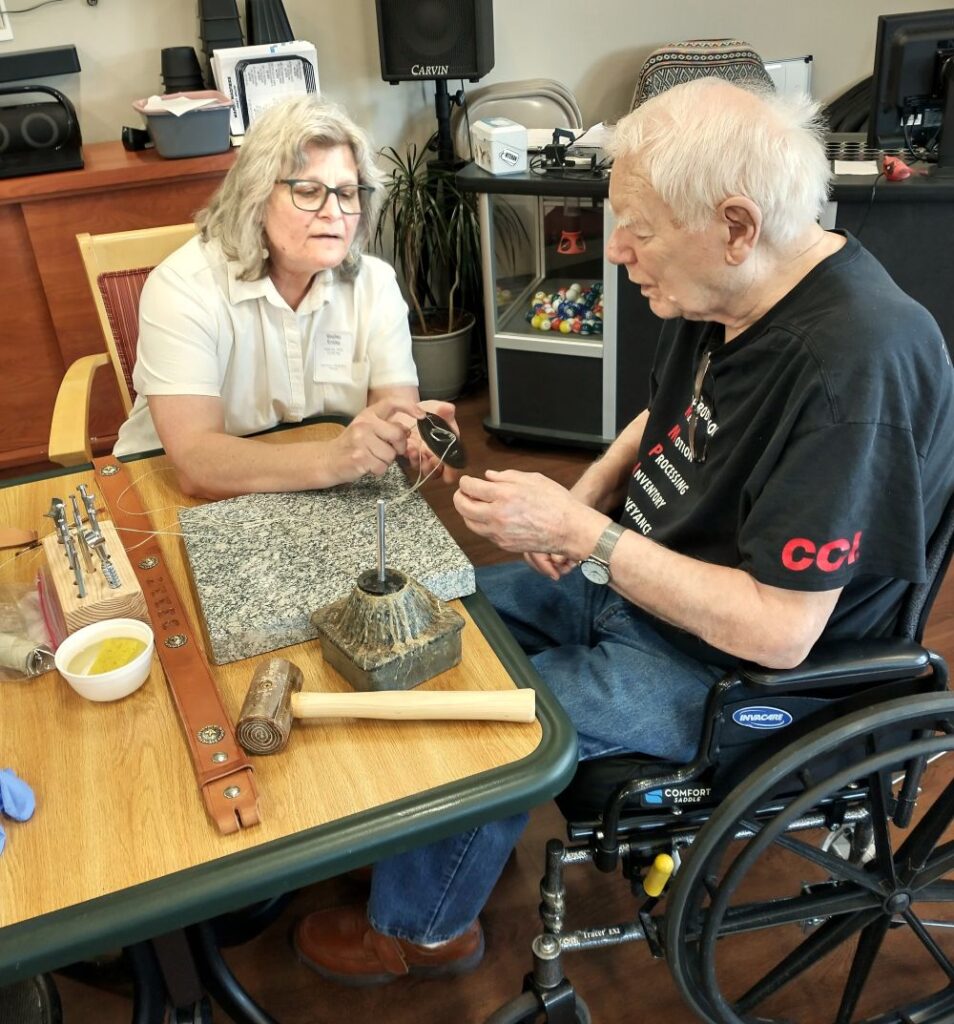
“You’ve got a room full of vets—we’re used to structure, we want to get it right,” Derry added. “So if you’re teaching us, we’re paying attention. We want to learn.”
From Brushstrokes to Belts: Veterans Create with Pride
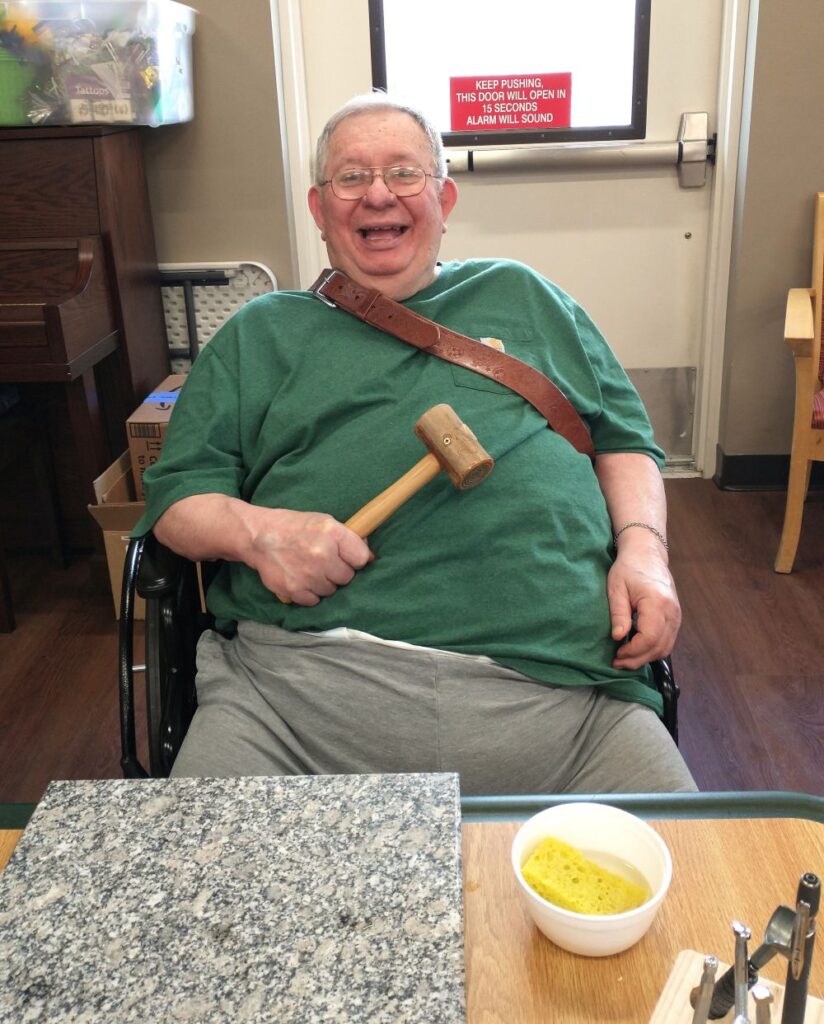
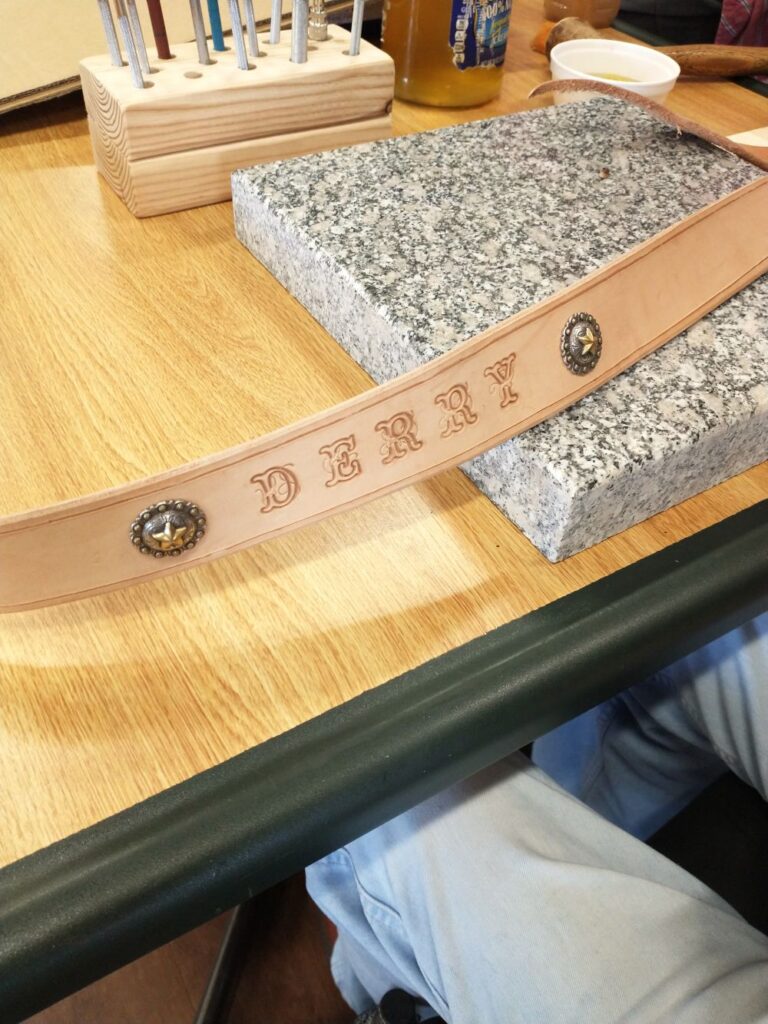
When we spoke, Boyd and Derry were eager to share what they had made. Most proudly, they showed off the leather belts they created in a recent workshop—rubbing the finished edges, pointing to the designs they’d chosen, and explaining their process like seasoned artisans.
The leather belt-making class gave veterans a practical, hands-on way to work with a new medium. Larissa described how energized the room became:
“There was this buzz. They were totally focused, helping each other, talking about how they’d use the belts afterward.”
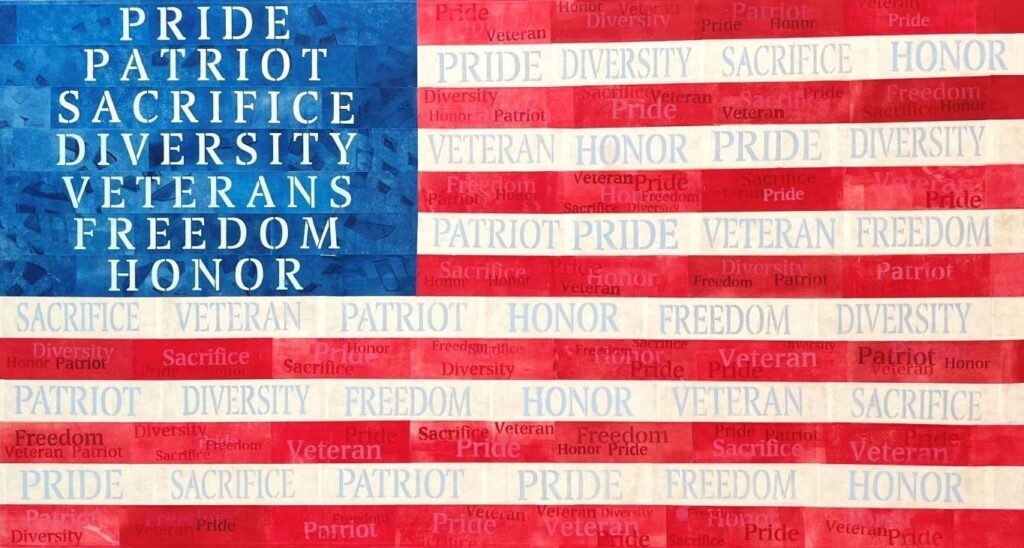
Some workshops have featured collaborative artmaking, where veterans create individual pieces that come together to form a powerful whole—like the striking American flag collage now hanging proudly at the Boise Veterans Home. These sessions not only encourage creative expression, but often spark quiet conversation and camaraderie. In these moments, the art becomes more than a project—it becomes a way to see and be seen.
“I’m Walking Out Knowing I’ve Done Something.”
Each session begins with curiosity—sometimes quiet, sometimes hesitant. “Some days they come in reserved,” said April. “Then by the end—they’re sharing stories, laughing, sometimes you see tears.” Art doesn’t demand words; it gently invites them.
Larissa spoke to how essential it is that these sessions are welcoming and accessible, even for residents with mobility or cognitive challenges. “We’re not looking for perfection. We’re looking for engagement—for that spark, that moment when someone looks across the table and connects.” Boyd noted that he now looks forward to the sessions:
When I come in, I know I’ll see someone I haven’t talked to in days. We’ll work on something together. And when it’s over, I’m not just walking out—I’m walking out knowing I’ve done something.”
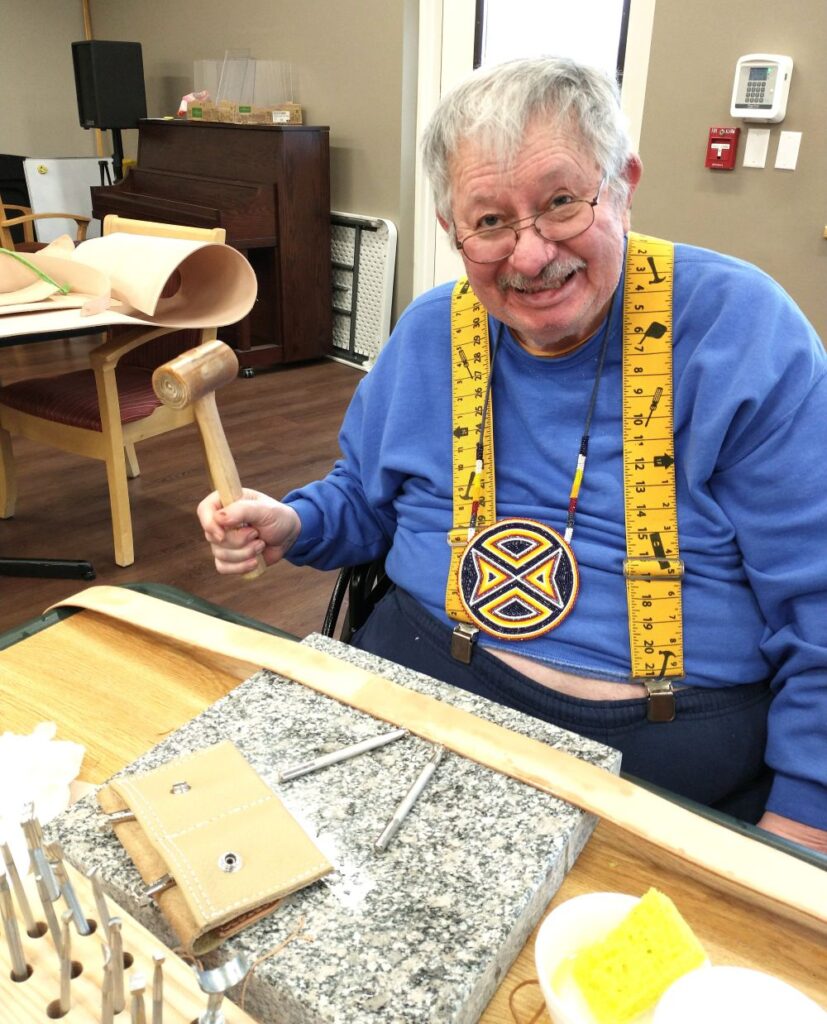
Why It Matters: The Case for Creative Aging in Veteran Care
For veterans living in residential settings, especially those who may struggle with physical limitations, or the effects of isolation, these programs offer something essential: purpose and pride.
April described how the artwork created by residents doesn’t stay tucked away in a classroom—it becomes part of their everyday environment. She noted that several pieces now line the halls and lounges of the home, giving residents and staff daily reminders of creativity in action. In fact, a local artist is opening up a community studio space where veteran‑made work will be exhibited. “They’ll see their belt, their painting, their piece on the wall—and know it came from them,” April said. That visibility matters. It turns “just a project” into “my achievement.”
Larissa emphasized that this work is about honoring the ongoing stories of veterans. “We’re not just filling time. We’re offering them the opportunity to learn, to create, to be seen and heard. That’s a basic human need.”
Creativity Should Be Within Reach For Every Veteran
For organizations, artists, community members, and policy‑makers, the takeaway is clear: veterans deserve creative aging programs—and they deserve them where they are. By bringing tailored, artist-led programs into veteran communities, we’re not just enriching lives—we’re dissolving isolation, awakening creativity, shifting perspectives, and honoring the enduring spirit of those who served.
Boyd’s words stay with me: “I thought I’d just come in and sit. But I got into it—mixing paints, talking to people. It turned into something I look forward to.” Derry’s portrait hangs on the wall now—visible proof of creative potential reclaimed.
If we believe aging is a time of possibility—of learning, making, sharing—then creative aging for veterans isn’t an optional extra. It’s integral. We partner with veterans as they shape their own creative journeys—amplifying their voices, honoring their stories, and supporting them as they create new ones. If you work in veteran services—and want to bring creative aging into veterans’ lives—connect with us today!
About April + Larissa
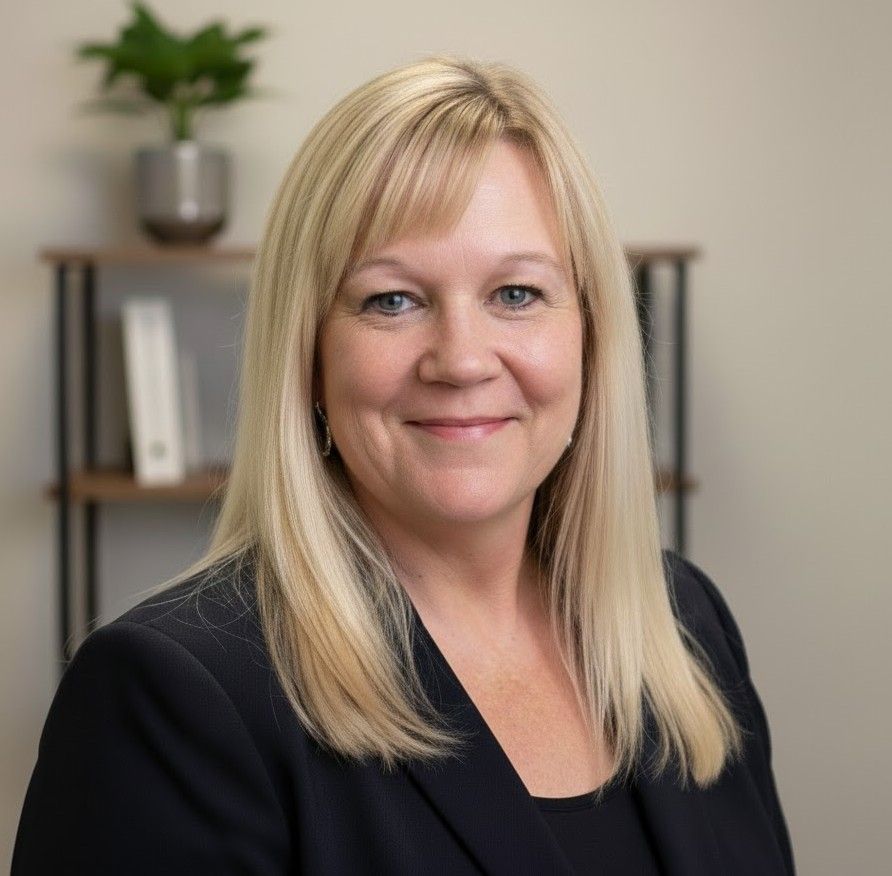
April Floyd
Activity Coordinator, Lewiston Veterans Home
April has been in elderly care for over 30 years. She has worked in many positions including nursing care, admissions, staffing, and Assisted Living Administrator. April also has done several trainings on dementia care and compassion care as well as assisting with the IHCA Activity Director class. April has over 17 years’ experience in Activities and Activity Development. She currently works at the Idaho State Veterans Home and has been there for the past seven years working with veterans, volunteers, and veterans’ community groups.
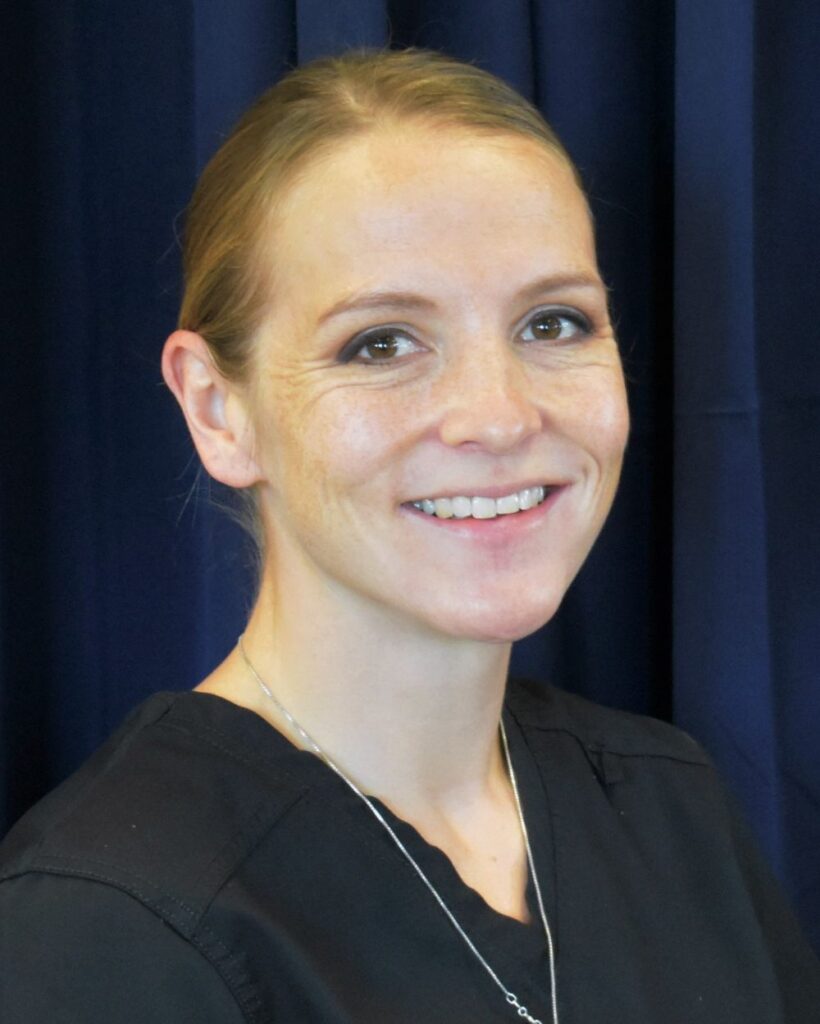
Larissa Dittman
Volunteer + Activities Coordinator, Boise Veterans Home
I am an NCCAP Certified Activity Consultant with 19 years of experience coordinating life enrichment and activities programs in skilled nursing and assisted living facilities. For the past 11 years, I have worked at the Idaho State Veterans Home in Lewiston, where I focus on developing programs that support engagement, well-being, and quality of life for our veterans. My husband, Matt, and I have been married for 15 years and have 3 kids. We love to spend time with them outdoors to camp, hunt, fish, hike, swim, or picnic.

